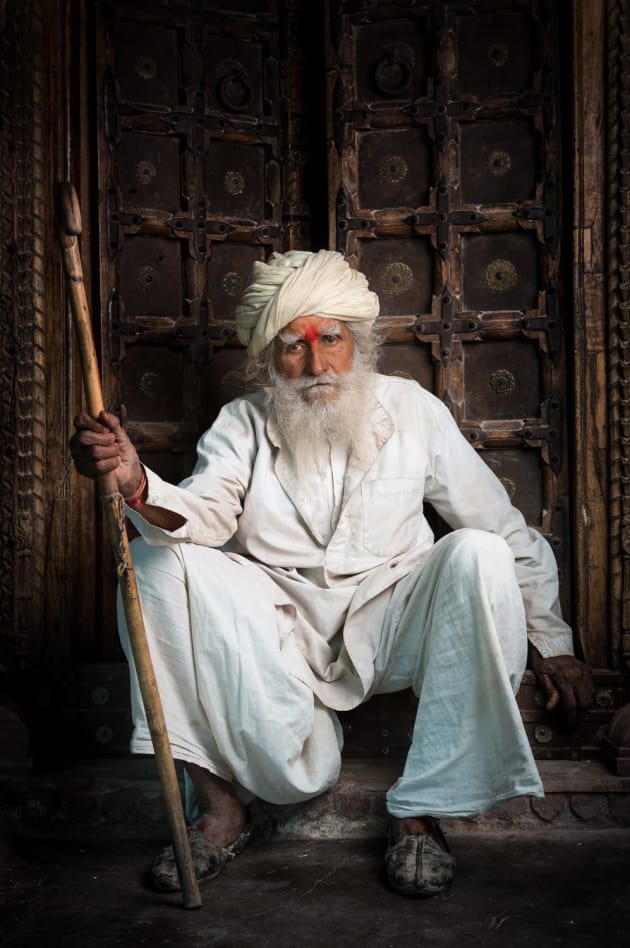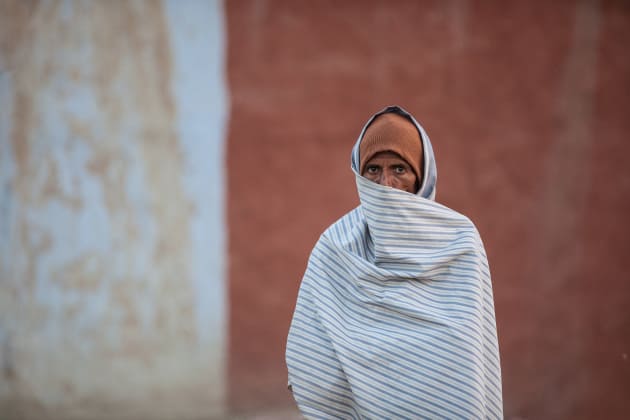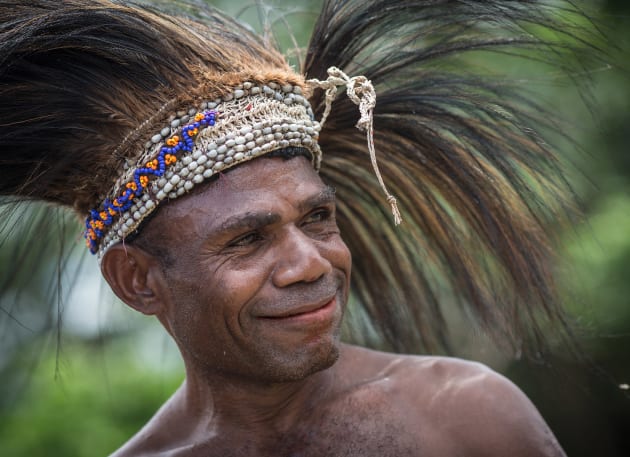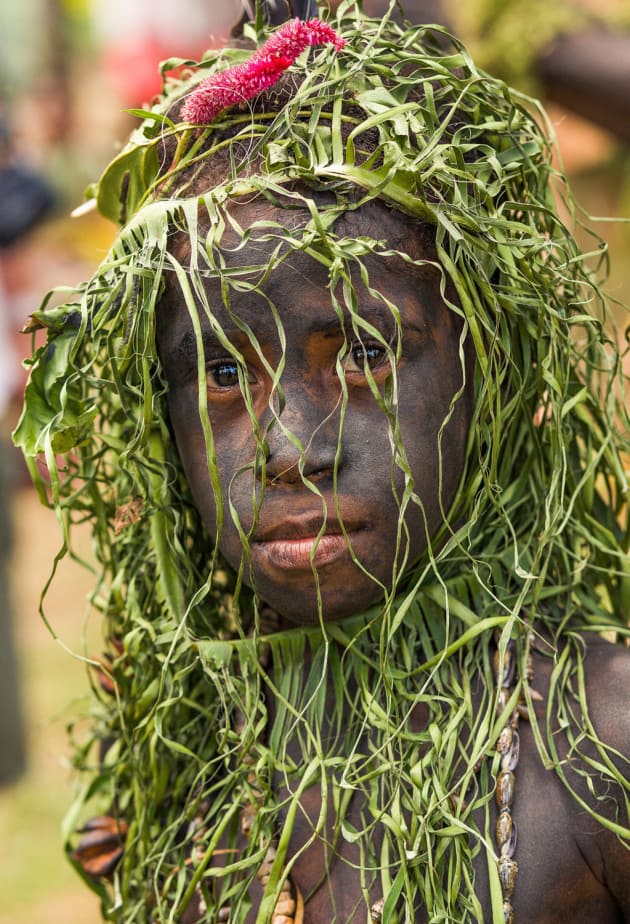Photo tip of the week: 4 tips to shoot stunning travel portraits
Nick Rains explains how to take better travel photos of people.
Travel is all about people and places. People live in the places, so any set of travel images would be incomplete without good portraits to go along with the ‘sense of place’ photos. Let’s be honest, portraits are challenging. Not only do you need to actively engage with a complete stranger and ask them if it’s OK to take a photo of them, but, beyond that, you need to be on top of your technique such that you can effortlessly deal with the technical aspects of the photo. There is nothing quite so off-putting for your subject than agreeing to a photo request only to have the photographer fumble around with lens choice and exposure settings. You’ll quickly lose the moment.

1. It’s all in the eyes
‘The eyes are the windows to your soul’. Shakespeare might have been quoting from Cicero but many writers over the years have used this phrase. Eyes grab our attention as soon as we see a face – try it for yourself.
It is therefore very important that the eyes be in focus, really in focus, and if one eye is nearer to the camera than the other, like in a 3/4 profile shot, then the nearer eye should be the sharper of the two. If the eye is not sharp then the photo is a dud – not the tip of the nose, not the ears – if anything at all is sharp in the photo then it must be the eyes. I’ll even go out on a limb here and say that whilst many photographic ‘rules’ can be broken, this is the only one that is inviolable.

2. Best lenses
My strong preference for portraits is to use a modest telephoto lens, something a bit longer than a 50mm standard lens, say, 85mm or 100mm (assuming a full frame camera). The slight compression of perspective makes the nose look a tiny bit smaller and is generally considered to be more flattering to faces.

3. Get sharp
Focusing is critical. Be prepared for your subject to move slightly towards or away from the camera between shots. When you are close, the depth of field you are working with is quite small, maybe 25mm or less – or even as little as 2–3mm in the case of a fast lens like an 85mm f1.2.
It’s just too hard to judge fine, critical focus by eye (unless you use Live View to magnify the image and check for perfect focus, by which time your subject has probably moved again). I use the centre AF point in the viewfinder because, in most cameras, it is the most accurate and sensitive, even in top-of-the-line DSLRs such as Canon 1Dx or Nikon D4s (at the time of writing).
Using the centre focus point usually means that you end up with the eyes in the middle of the frame. Yes, we are told never to put the subject in the middle of the frame – and it’s a good rule – but there are two ways around this.
Firstly, focus as usual, then, holding the shutter button down halfway to lock the focus (this works on compact cameras as well as on big DSLRs), recompose the shot to frame it properly. This takes a bit of practice but can be done very quickly.
Secondly, and a bit controversially for those who want to get it ‘right in camera’ every time, simply use the centre focus point to lock onto the eyes and shoot away without reframing. If you shoot a little bit loosely, in other words leaving some extra space around your subject’s face, you can then crop the shot to a more pleasing framing later on. This works best with high-resolution cameras which have pixels to spare, and has the added advantage that by shooting from a little bit further away, you are less in your subject’s face, which they will find more comfortable. The slight downside is that you have some work to do later in post. Overall it’s an easy method which will give you more consistent results.

4. Take your time
Another ‘rookie mistake’ is to rush the process. Once you have gone to the trouble of setting up a portrait, make the most of the opportunity. Your sitter will make it clear when you have outstayed your welcome; so, whilst it’s a good idea to get a few frames in the bag as soon as possible, relax, slow down, and do it right. If you appear relaxed then this makes your sitter relaxed too. Try stopping shooting for a few minutes and have a bit of a chat – it’s supposed to be fun! ❂



